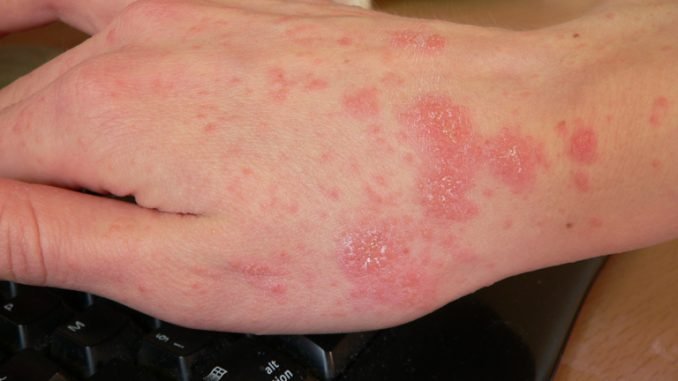Scabies, known locally as kurikong, is a skin condition caused by Sarcoptes scabiei, a type of mite. This tiny parasite burrows into the skin, leading to intense itching, which is the primary symptom of scabies. The itching often worsens at night, as the mites are more active then.
How Do You Get Scabies?
Scabies spreads through direct skin-to-skin contact with an infected person. It is common in crowded living conditions or in households where close contact is frequent. Aside from physical contact, scabies can also be transmitted through sharing personal items, such as clothing, towels, or bedding, that have been in contact with an infected person.
Signs and Symptoms of Scabies
- Severe itching. The most noticeable symptom, itching, tends to intensify at night.
- Rash and burrow tracks. Small, raised red bumps or lines appear on the skin, especially in areas such as the fingers, wrists, elbows, armpits, waist, and groin.
- Skin infections. Persistent scratching may lead to open wounds and secondary bacterial infections.
Preventing Scabies
- Avoid direct contact. Refrain from prolonged skin contact with individuals diagnosed with scabies.
- Do not share personal items. Avoid sharing clothing, towels, or bedding with someone who has scabies.
- Maintain hygiene. Wash clothes, bed linens, and towels in hot water and dry them on high heat to kill mites.
When to Seek Medical Attention
If you or someone in your household experiences persistent itching and a suspicious rash, consult a doctor promptly. Early treatment can prevent the condition from spreading to others.
Scabies is a highly contagious condition but is treatable with proper care and hygiene practices. Timely diagnosis and intervention can alleviate symptoms and stop its spread, ensuring quick recovery for you and those around you


